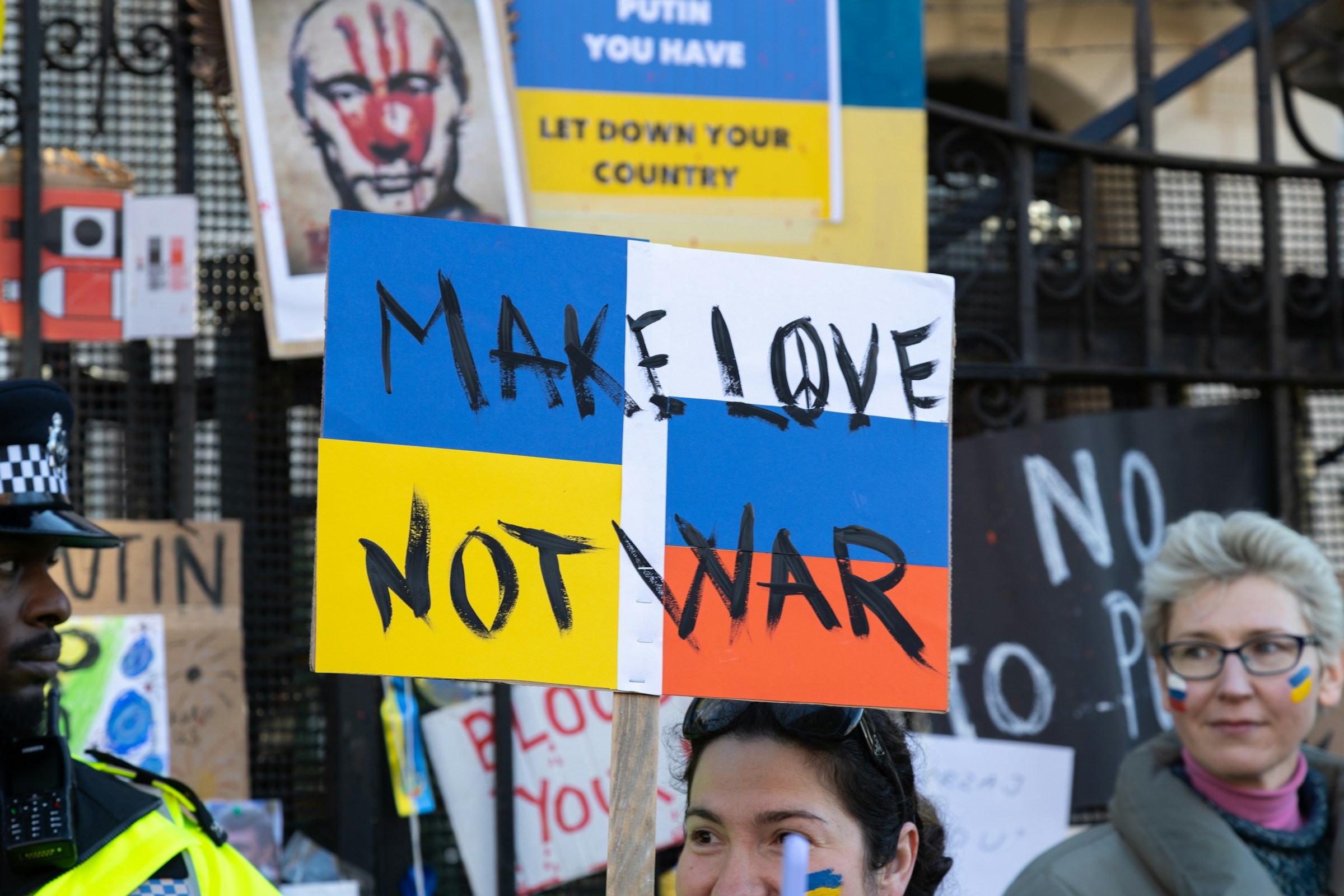In a single announcement, US President Donald Trump has compressed a geopolitical standoff into a countdown. The White House declared on Tuesday that the US will begin imposing tariffs and “other measures” on Russia 10 days from now unless Moscow shows progress toward ending the war in Ukraine. On paper, this is a pivot from diplomacy to pressure. But as always with Trump, the subtext may be more important than the surface.
The real strategic play here isn’t just about Russia—it’s about who sets the pace of global response, and who owns the narrative in a conflict that has stalled in trench lines and headlines alike.
Originally floated as a 50-day warning, the decision to shorten the ultimatum to just 10 days may seem like an abrupt escalation. But it fits a pattern Trump has long mastered: compress the timeline, seize the spotlight, and create conditions where even inaction looks like bold leadership.
By giving Russia such a short leash, the administration is playing with a high-stakes clock. Every day that ticks down raises pressure—not necessarily on Moscow, but on global media, investors, and policymakers. The Kremlin, for its part, has responded with ambiguity: reiterating its commitment to its “goals” in Ukraine while noting Trump’s warning.
But the message from Washington was already clear. Trump doesn’t need Moscow’s cooperation to act. What he needs is to demonstrate that action was “forced.”
To some, this is a shrewd application of economic coercion. Tariffs, used skillfully, can reshape supply chains, shift investor sentiment, and create tangible pain without firing a shot. Trump has wielded them as such before—most notably in his previous standoff with China, which saw waves of levies used as bargaining chips in drawn-out trade negotiations.
Yet the speed and vagueness of this latest threat raise a different possibility: that this isn’t a policy escalation at all, but a form of strategic theater. There is no clarity on what qualifies as “progress” in Ukraine. That ambiguity grants Trump unilateral interpretive power. If Russia makes symbolic gestures, he can claim they’re insufficient. If they do nothing, he can say he gave them a fair warning. Either way, the next move remains his.
In other words, this is less about diplomacy than dominance—about framing the confrontation in a way where Trump always controls the outcome.
For multinationals operating in Europe, the Middle East, or energy-intensive sectors, the return of sudden tariff pressure introduces familiar uncertainty. Even if the measures target Russian goods or companies directly, the secondary effects—on compliance regimes, insurance costs, and supply chain risk—could reverberate far wider.
Banks and trading houses may soon need to model what another round of Russian-focused tariffs might look like, especially if they follow the structure of past US sanctions: broad definitions, tight enforcement windows, and steep penalties for non-compliance.
Moreover, businesses in neutral or hedging countries—India, Turkey, Gulf states—may find themselves caught between informal expectations of US alignment and their own energy security calculations. The quiet pressure to pick a lane could rise again.
The European reaction, though still measured, is likely one of unease. While Brussels has maintained a firm sanctions stance since the early days of Russia’s invasion, coordination with Washington has been key. Trump’s go-it-alone approach risks splintering that unity, especially if the new measures disrupt energy markets or critical material flows that European manufacturers still depend on.
It also stirs memories of past unilateralism. In 2018, Trump’s abrupt tariffs on European steel and aluminum jolted transatlantic relations. While those were eventually rolled back, they served as a reminder that economic tools can be wielded without warning, and that policy consistency cannot be assumed—even among allies.
This latest move raises the stakes further. It hints that under Trump, diplomacy may again take a backseat to optics, and consensus to control.
More than anything, this 10-day deadline is a message. Not to Russia—but to Washington. Trump is reminding both voters and institutional players that he prefers leverage to process, spectacle to patience. He is repositioning himself as a leader who doesn’t just talk tough, but puts deadlines behind his demands.
Yet there’s risk in that performance. If Russia calls his bluff—and many believe it might—Trump must either follow through with measures that carry real global costs, or retreat and risk losing face.
That binary choice may not matter electorally in the short term. But for foreign governments and global markets watching, it’s a warning shot: unpredictability is back, and it may be the defining feature of American economic power for the foreseeable future.
Whether Trump’s tariff clock results in real Russian concessions or not, it has already reshaped the tempo of the Ukraine conversation. Diplomacy now operates under an American-imposed stopwatch, with all the asymmetry that entails.
But the deeper signal may be this: Trump views trade not as a tool of mutual benefit, but as a lever of unilateral power. And in a multipolar world already wary of overreach, that posture may win headlines—while complicating alliances. Ten days is a short time. But the repercussions of this deadline may stretch far longer.















